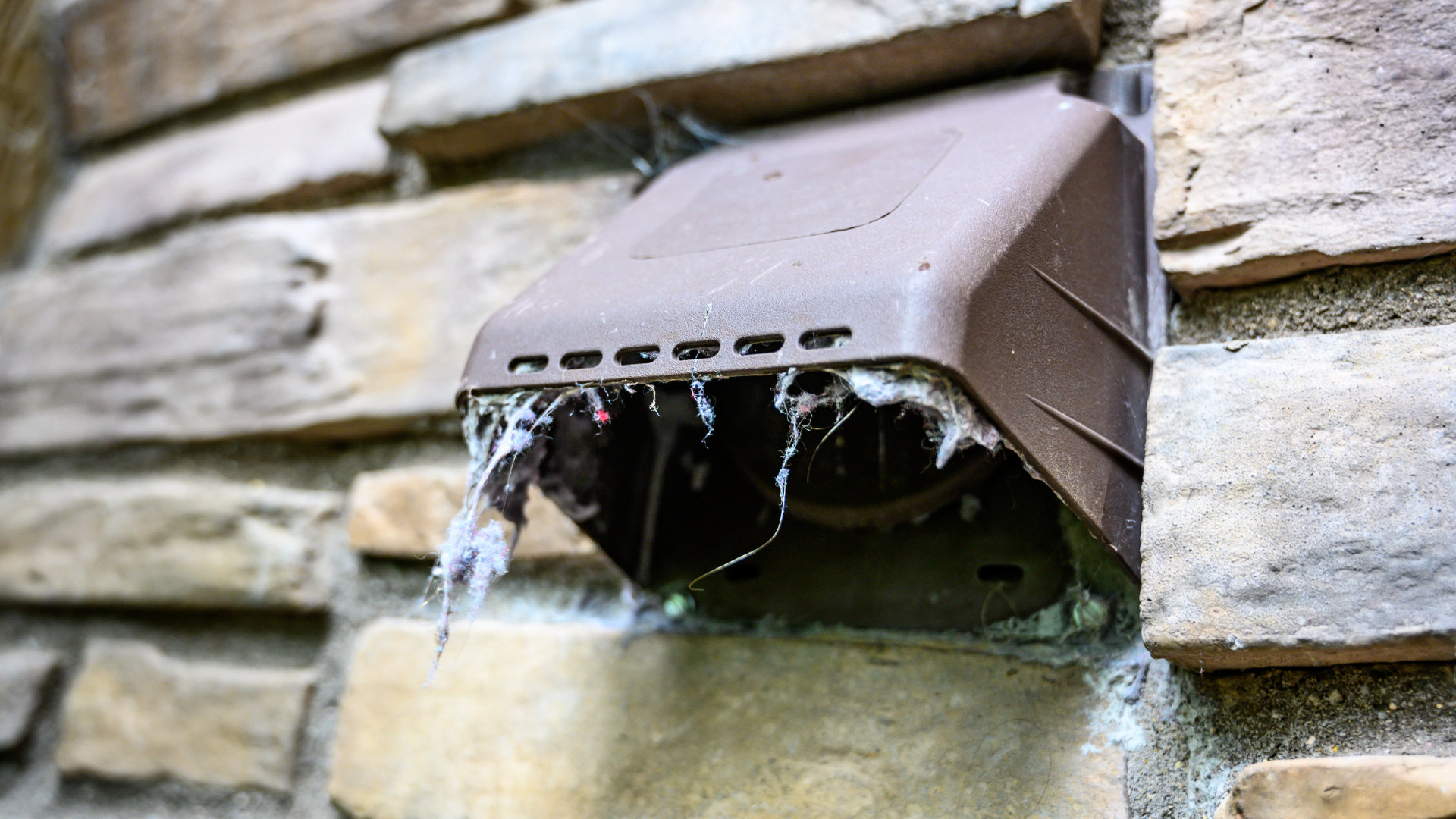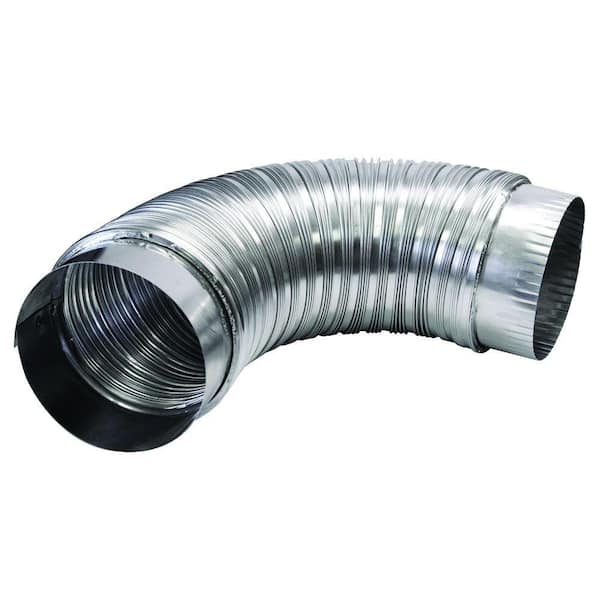Security Risks Associated with Neglecting Dryer Duct San Jose
Security Risks Associated with Neglecting Dryer Duct San Jose
Blog Article
Tips for Effectively Cleaning Your Clothing Dryer Ducts to avoid Fire Hazards
Maintaining the cleanliness of your garments dryer air ducts is not simply a matter of effectiveness; it is an essential action in fire avoidance. Accumulation of lint and debris can lead to harmful problems, endangering both residential property and lives. Understanding the indications of clogged ducts, along with the important tools and techniques for efficient cleaning, is vital for each homeowner. Nonetheless, several people overlook crucial aspects that can improve safety and prolong the lifespan of their home appliances. What are one of the most efficient methods to ensure your clothes dryer stays safe and reliable?
Significance of Cleaning Clothes Dryer Ducts
Routinely cleaning dryer air ducts is necessary for both safety and effectiveness in laundry operations. Over lint, debris and time accumulate within the air ducts, obstructing air movement and increasing the risk of overheating. This build-up not just leads to much longer drying times but can likewise considerably boost power intake, resulting in higher utility bills.
When clothes dryer air ducts remain uncleaned, the device has to function more difficult to eliminate moisture from clothes, which can cause early wear and tear on the clothes dryer itself - dryer duct san jose. In the worst-case situation, clogged air ducts can stir up a fire, presenting serious safety risks to people and homes
In addition, maintaining tidy dryer air ducts adds to a healthier indoor atmosphere. Excess wetness from ineffective drying can result in mold and mildew and mildew development, influencing air high quality and potentially creating respiratory issues.
Ultimately, routine cleansing of dryer ducts is a financial investment in both the safety of your home and the operational performance of your laundry appliances. Establishing a routine cleaning schedule, in addition to expert examinations, can make certain that your dryer operates optimally, consequently extending its lifespan and lowering the threat of fire dangers.

Indicators of Clogged Ducts
Identifying the signs of clogged dryer air ducts is vital for protecting against security dangers and preserving home appliance performance. Among one of the most popular signs of a clog is expanded drying times. It may indicate that air can not circulate appropriately due to lint buildup. if clothes continually call for numerous cycles to end up being completely dry.
Another indication is an overheated dryer. If the outside of the clothes dryer really feels excessively hot throughout operation, it suggests that the air duct may be obstructed, resulting in harmful conditions. Furthermore, a visible rise in lint buildup around the dryer or on clothing after drying can indicate poor venting and requires prompt interest.
Unpleasant smells, such as a burned smell, can also signal that the clothes dryer is having a hard time to get rid of hot air, indicating a prospective fire danger. Moreover, if the dryer vent hood does not open throughout procedure, this could suggest that air flow is substantially limited.
Last but not least, any kind of uncommon noises-- such as rattling or banging-- can symbolize that dust or particles is causing obstruction within the duct. Acknowledging and attending to these indicators beforehand can help make sure the safe and efficient operation of your clothes dryer.

Tools Needed for Cleaning
To properly clean dryer air ducts, having the right devices on hand is important for making certain a comprehensive and reliable process. The main tool you will certainly require is a clothes dryer vent cleaning brush, which here are the findings is particularly created to get to into the ductwork and eliminate dust buildup. These brushes usually have an adaptable shaft that enables you to browse bends and kips down the air duct.
Along with the brush, a vacuum with a tube attachment is vital for sucking out loose lint and particles. A wet/dry vacuum cleaner is ideal, as it can take care of larger clumps of dust efficiently. A flashlight can likewise verify valuable, as it helps brighten dark locations within the duct, enabling you to assess the extent of the accumulation.
For those that prefer an extra automated strategy, a clothes dryer vent cleaning set that connects to a power drill can expedite the cleaning procedure. dryer duct san jose. Gloves and a dust mask are suggested to safeguard your hands and lungs from dust and irritants. Having these devices easily available will certainly make sure that your dryer duct cleaning is both reliable and risk-free, minimizing the risk of fire threats connected with clogs
Step-by-Step Cleansing Refine
Completing a successful dryer duct cleaning needs mindful focus to detail and adherence to an organized procedure. Begin by detaching the clothes dryer from its power source to make sure security throughout the cleansing. Next off, remove the air duct from the clothes dryer and the wall surface air vent, utilizing a screwdriver if necessary.
Once the air duct is detached, examine it for any kind of visible lint build-up or clogs. Use a vacuum cleaner with a proper accessory to remove loosened debris from both the air duct and vent. For persistent blockages, use a brush specifically designed for clothes dryer air ducts, making certain that you reach deep right into the ductwork.
Reattach the duct securely to both the dryer and wall vent, making certain all connections are limited to protect against leaks. By following this step-by-step procedure, you will substantially reduce the risk of fire hazards connected with blocked clothes dryer air ducts, advertising a much safer laundry atmosphere.

Preventive Upkeep Tips
Maintaining your clothes dryer air ducts is necessary to protect against expensive repairs and make sure ideal efficiency. Routine precautionary maintenance can dramatically reduce the danger of fire dangers and improve energy effectiveness.
First, evaluate your clothes dryer ducts regular monthly for any kind of noticeable lint buildup or damages. If you observe a build-up of lint, schedule a complete cleaning. Additionally, consider making use of a dust trap with an integrated filter to catch even more lint prior to it enters the ducts.
Following, make sure that the airing vent system is correctly set up and devoid of twists or bends that can restrain airflow. Straight, unhampered ductwork enables effective operation and lessens the risk of lint accumulation.
Every six months, think about hiring an expert service to perform a thorough cleaning of your dryer air ducts. Professionals have specialized tools and proficiency to eliminate covert lint and particles that can posture serious fire read threats.
Finally, constantly read and adhere to the manufacturer's instructions for both your dryer and the venting system. Adhering to these guidelines can help prolong the life of your home appliance and guarantee it operates safely and efficiently. Routine preventive maintenance is key to additional resources a reliable and secure laundry setting.
Verdict

Having these devices easily available will certainly make sure that your dryer duct cleaning is both effective and risk-free, lessening the threat of fire risks linked with blockages.
Completing a successful clothes dryer air duct cleansing needs mindful attention to information and adherence to an organized procedure. Reattach the air duct firmly to both the dryer and wall surface vent, ensuring all links are limited to protect against leaks. dryer duct san jose.First, examine your clothes dryer ducts monthly for any noticeable dust buildup or damages.Normal cleansing of clothing dryer air ducts is important for fire threat prevention and optimal home appliance efficiency
Report this page